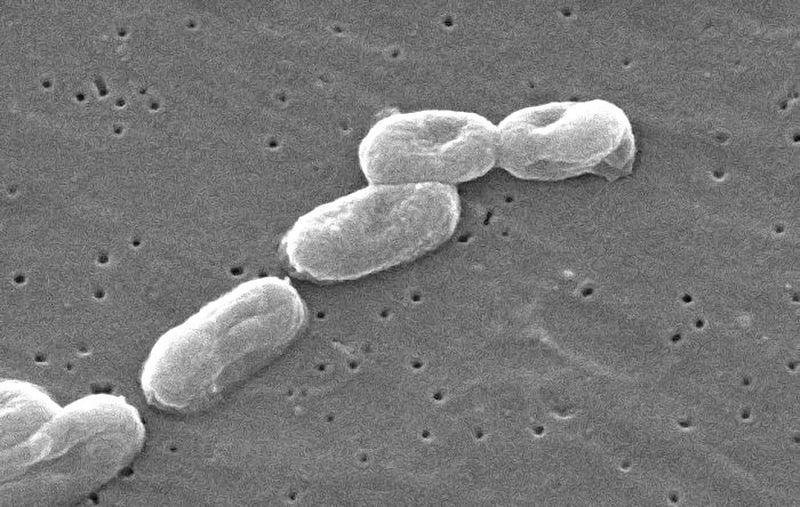MIT engineers have transformed bacterial cells into living calculators that can compute logarithms, divide, and take square roots more efficiently than many existing biocomputers.
While digital circuits classify all values as zeros and ones, analog circuits can handle a continuous range of inputs, allowing for other values. The analog circuits harness the cell's natural biochemical functions, sensing the input of various molecules, such as glucose.







